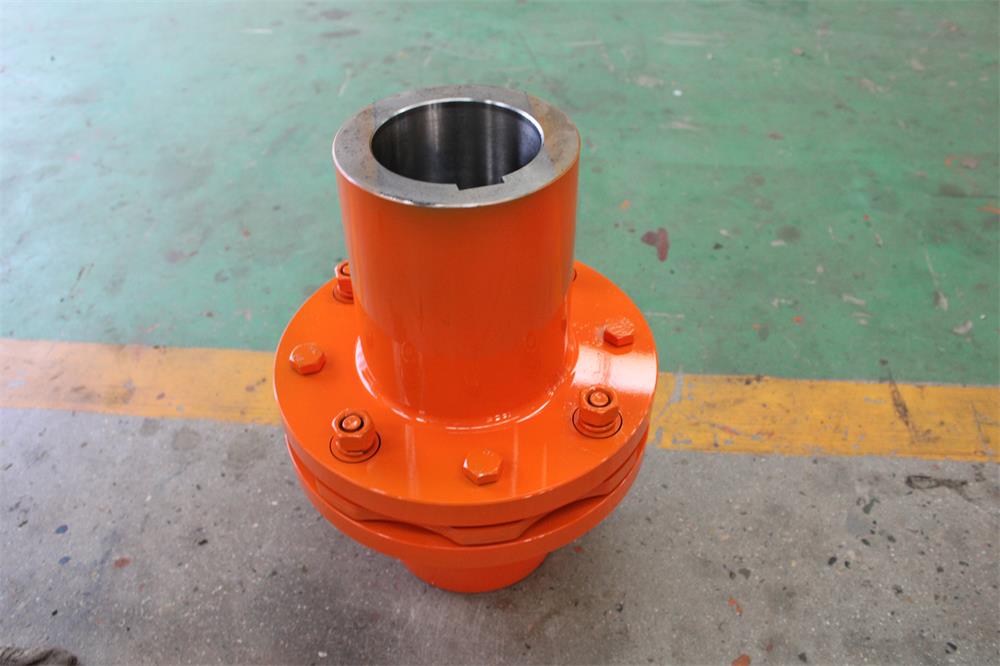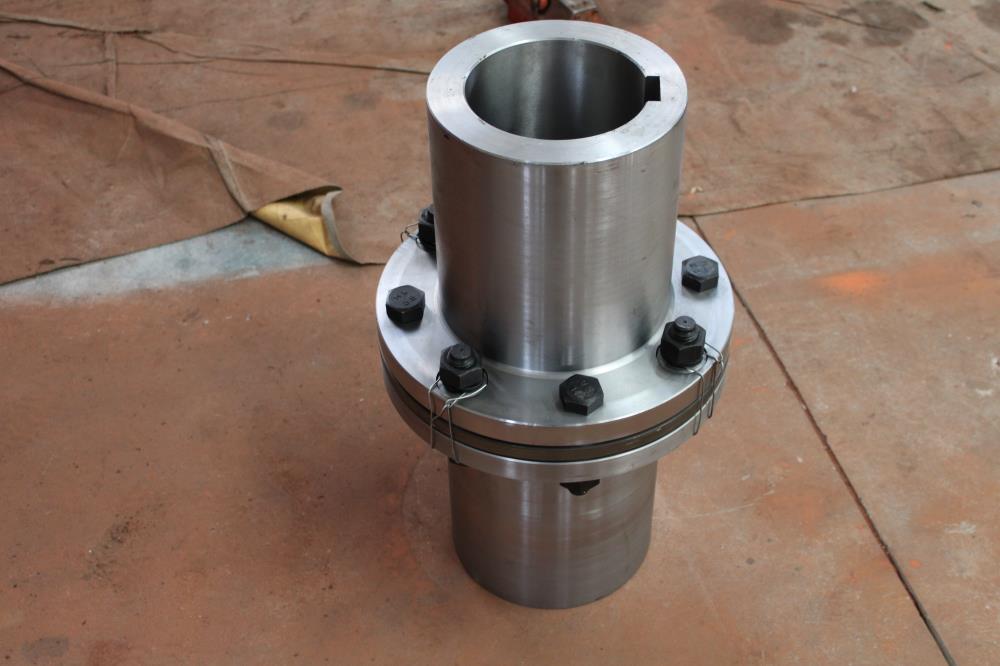Introduction:
The diaphragm coupling can compensate the axial, radial and angular deviation caused by manufacturing error, installation error, bearing deformation and temperature change between the driver and the slave. Diaphragm coupling is a flexible coupling of metal elastic elements, which relies on the metal coupling diaphragm to connect the main motor and transfer torque from the motor, has the advantages of elastic vibration reduction, no noise, no lubrication, is the ideal product to replace the gear coupling and general coupling.

The main characteristics of diaphragm coupling:
1, the ability to compensate the two axis misalignment is strong, compared with the gear coupling angular displacement can be twice as big, radial displacement reaction is small, flexibility is large, allow a certain axial, radial and angular displacement.
2, with obvious damping effect, no noise, no wear.
3. Adapt to high temperature (-80+300) and harsh environment, and can operate safely under shock and vibration conditions.
4, high transmission efficiency, up to 99.86%. Especially suitable for medium and high speed power transmission.
5, simple structure, light weight, small volume, convenient installation and disassembly. Without moving the machine can be assembled and disassembled (refers to the intermediate shaft type), without lubrication.
6, can accurately transfer the speed, running without rotation error, can be used for precision machinery transmission
structure

Single section diaphragm coupling:
A diaphragm coupling consists of at least one diaphragm and two bushings. The diaphragm is fastened to the bush with a pin without generally loosening or causing recoil between the diaphragm and the bush. Some manufacturers supply two diaphragms or three diaphragms with one or two rigid elements in the middle and the two sides connected to the bushing. The difference between single diaphragm coupling and double diaphragm coupling is the difference in the ability to handle various deviations. In view of the need for complex bending of the diaphragm, single diaphragm coupling is not suitable for eccentricity. Dual diaphragm couplings can bend in different directions simultaneously to compensate for eccentricity.
Contact: Spark Wang
Phone: 86-19932127135
E-mail: admin@rongxingcoupling.com
Add: North side of Planning 4th Road, Southern Industrial New Town, Jizhou District, Hengshui City, Hebei Province, China